 HydraFacial®
HydraFacial®Here’s What You Need To Know About The Skin’s Microbiome
We’ve all heard about the gut microbiome, but a similar population of bacteria exists on our skin and could be the secret to a clear and glowing complexion.
‘Bacteria’ may have the connotation of (literally and figuratively) being a dirty word, but what if it was the secret to better skin? “It has been discovered that humans are not just a collection of human cells, we’re actually a symbiotic organism composed of bacterial, viral, and fungal cells,” says Julie Russak, MD, a board certified dermatologist and founder of Russak Dermatology Clinic in New York City. In fact, “we actually have more bacterial DNA in our body than human DNA,” she continues. We’ve all heard about the gut microbiome, but a similar population of bacteria also exists on the skin.
In this case, the ‘microbiome’ refers — in the simplest terms possible — to the “microorganisms that live on the skin and comprise the skin’s flora, which can actually be helpful to protect the skin, boost immunity, keep pH in balance, and more,” explains Marisa Garshick, MD, a New York City-based board certified dermatologist. The skin’s microbiome, along with the acid mantle and lipid barrier (sometimes referred to as the ‘moisture barrier’) work together to form the barrier that shields us from the outside world.
From sun and pollution to stress and aggressive skincare, our skin is constantly barraged by the elements, making a healthy microbiome all the more essential. Here, we break down everything you need to know about caring for the ‘good’ bacteria on your skin.
How the Skin’s Microbiome Works
There is still a lot that is not yet understood about how the skin’s microbiome works. “Throughout the body, there are different types of microorganisms that are present on normal skin to help protect it,” Dr. Garshick says. “The interactions of these normal organisms actually help to prevent infection with bad or problematic organisms.”
What we do know is that the microbiome is the skin’s first line of defense against bacteria and the acid mantle, which lies just below it, inhibits the growth of other pathogens including bacteria and fungi. As such, “disrupting the microbiome can lead to changes in the skin and impact skin conditions,” Dr. Garshick notes. When the microbiome is healthy, it’s working as a protective barrier and helping to maintain moisture. When the barrier is breached, it can contribute to skin disorders like eczema and psoriasis.
How to Take Care of the Skin’s Microbiome
As with the rest of our knowledge on the microbiome, there is still a lot to learn about how to optimize it so it works its best. However, dermatologists agree that a healthy biome depends on creating an environment for both good and bad bacteria to coexist and work together. “The skin is the biggest organ in the body, so taking care of yourself is taking care of your skin,” says Adriana Lombardi, MD, a board certified dermatologist and founder of Skin Cancer & Cosmetic Surgery Center of NJ.
When it comes to what “taking care” of the skin actually means, Dr. Russak explains that it amounts to “maintaining your natural healthy microbiome” — though what that looks like is still a bit hazy. “As of right now, we don’t 100 percent know what the ‘right’ or ‘healthy’ population of bacteria on the skin is,” she admits. Even so, there is a general understanding of what types of skincare works best. “In general, the microbiome prefers an acidic environment,” Dr. Garshick says. “Certain soaps, for example, can alter that environment to become more basic or alkaline, which can disrupt the microbiome.”
If you're curious as to how that translates to the products on your vanity, Dr. Garshick emphasizes the importance of finding formulas with ingredients that won’t strip the skin of its natural moisture, which makes it more susceptible to irritation. “We are now learning the importance of incorporating products that are gentle on the microbiome,” she explains.
Below are five ingredients (and star products that feature them) that can help ensure a healthy skin microbiome.
1. Probiotics, Prebiotics, & Postbiotics
It should come as no surprise that the same bacteria that’s good for your gut microbiome is good for your skin. “Probiotics are living organisms that help restore a healthy microbiome in the body,” says Joshua Zeichner, MD, a board certified dermatologist in New York City. “True probiotics are not typically found in skincare products because the same preservatives that give them their shelf life and prevent bacterial contamination will kill the probiotics themselves.” Instead, topical products often contain prebiotics, postbiotics, and lysates.
- Prebiotics: Dr. Zeichner describes prebiotics as “food that preferentially feed healthy bacteria” (i.e. probiotics).
- Postbiotics: Byproducts produced when probiotics feed on prebiotics, they support general health.
- Probiotic Lysates: Probiotic bacterial lysates are “extracts that enhance the growth environment of healthy bacteria,” Dr. Zeichner shares.
To break it down further, he uses this analogy: “If your microbiome is a bowl of soup, probiotics are the raw vegetables, the postiobotics are the leftover drops after you've finished your meal, and the lysates are the noodles floating around in the soup itself.”
Aurelia Probiotic Skincare The Probiotic Concentrate

Kinship Self Reflect Sunscreen Broad Spectrum SPF 32
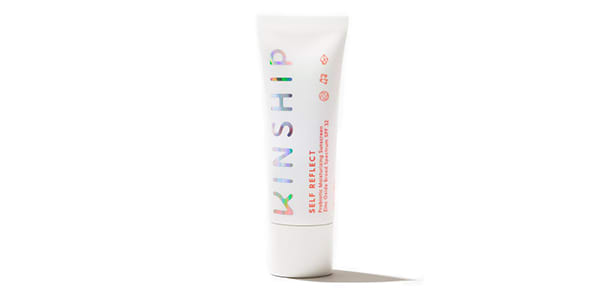
Korres Greek Yoghurt Nourishing Probiotic Gel Cream
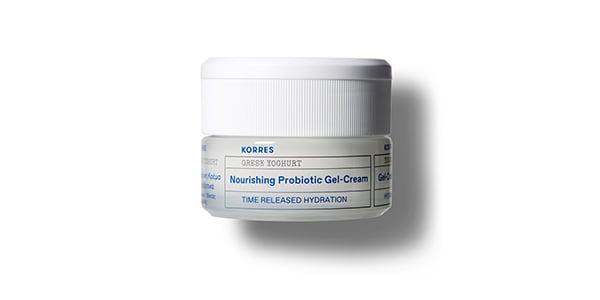
2. Oats
Dr. Zeichner is a proponent of oats in skincare because, he notes, they “contain non-digestible beta glucans, which are sugars that preferentially support growth of healthy skin bacteria.” Brands like Aveeno have long harnessed the nourishing and soothing properties of oats and, increasingly, other brands are using the ingredient in their products.
Aveeno Calm + Restore Triple Oat Serum
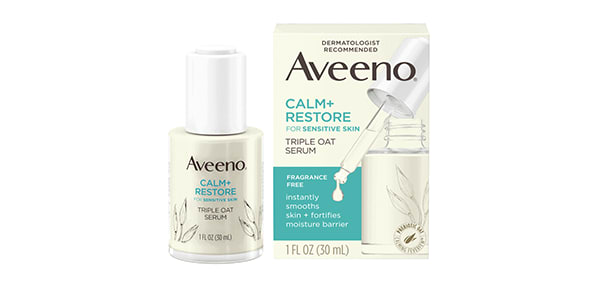
Naturopathica Oat Cleansing Facial Polish
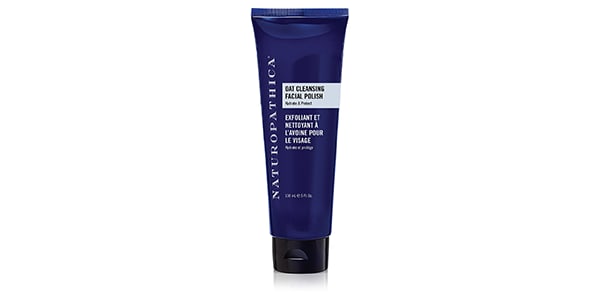
Topicals Like Butter Hydrating Mask
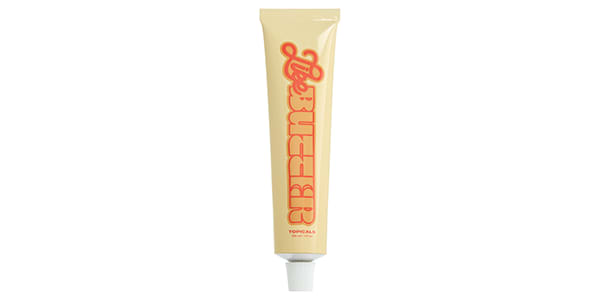
3. Niacinamide
When it comes to an ingredient that can benefit just about any skin type, niacinamide is at the top of the list. It’s a true multitasker that is “known for its anti-inflammatory and calming properties, which can be helpful, particularly if the skin is irritated or red,” Dr. Garshick shares. As she explains, because niacinamide is known for reducing inflammation, it helps support and nourish the skin barrier and microbiome.
Dr. Dennis Gross Skincare Stress Rescue Super Serum
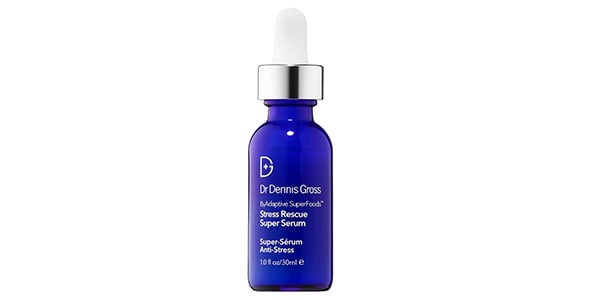
Skinceuticals Metacell Renewal B3
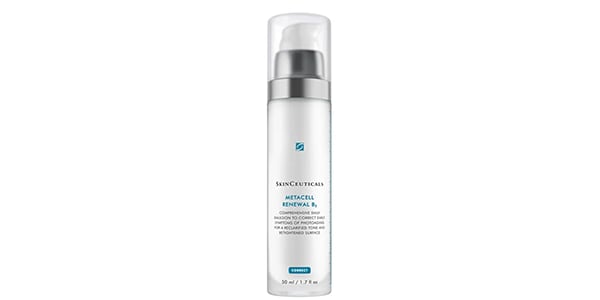
Summer Fridays Soft Reset AHA Exfoliating Solution
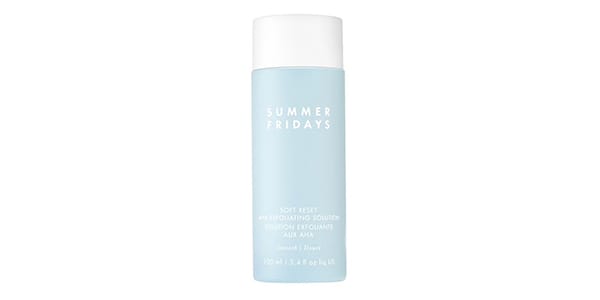
4. Ceramides
Ceramides are lipid molecules that are often likened to the ‘glue’ that holds skin cells together. As such, it helps keep the skin barrier intact. “Ceramide levels can drop with age, causing a weakening in the natural skin barrier and leading to moisture loss and dry skin,” Dr. Garshick explains. Using products with ceramides can support and maintain the microbiome.
CeraVe AM Facial Moisturizing Lotion SPF 30
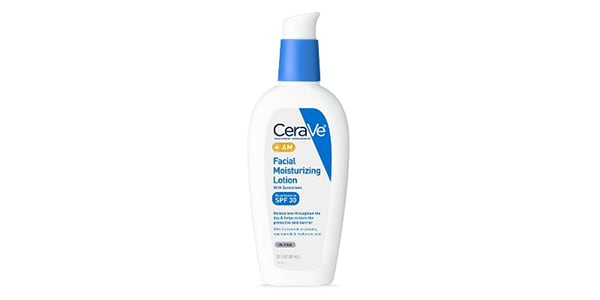
Beekman 1802 Milk Drops Probiotic Ceramide Serum

Naturium Plant Ceramide Rich Moisture Cream

5. Squalane
Squalane is used to replenish and replace squalene, a hydrator our sebaceous glands naturally produce. Squalene production naturally decreases as we age. Using squalane in skincare, Dr. Garshick explains, “locks in moisture and strengthens the skin barrier to help prevent transepidermal water loss.”
Biossance Squalane + Omega Repair Cream
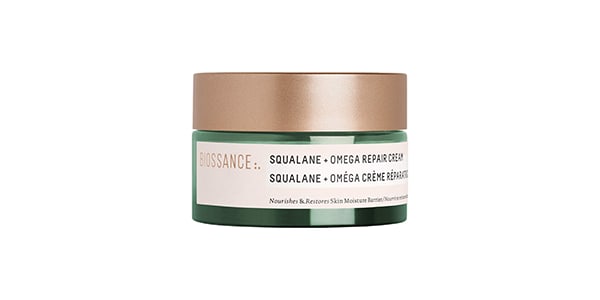
The Ordinary 100% Plant-Derived Squalane
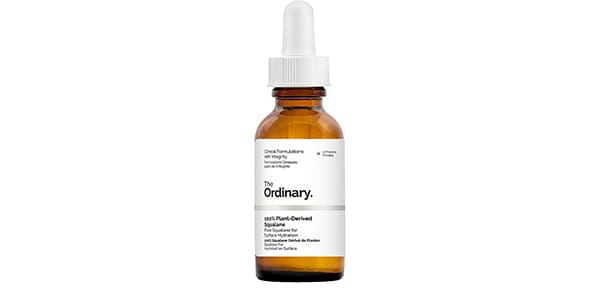
Youth To The People Superberry Hydrate + Glow Dream Mask

The Takeaway
While a good skincare routine will help support and maintain the skin’s microbiome, nothing replaces an overall healthy lifestyle. The systems of the body are interconnected, so inflammation that starts in the gut or some other part of the body can reflect on the skin. “Eating well — a diet rich in fruits and vegetables, lean meat and fish — and staying properly hydrated helps the overall status of the skin,” Dr. Lombardi says.
All products featured are independently selected by our editors, however, AEDIT may receive a commission on items purchased through our links.
More Related Articles
Related Procedures

AI Plastic Surgeon™
powered by'Try on' aesthetic procedures and instantly visualize possible results with The AI Plastic Surgeon, our patented 3D aesthetic simulator.

